Subaru at 70
Subaru is rightly famed for its flat-four ‘boxer’ engines, but the company’s origins lie 70 years ago in a much more conventional small car. The P1 – not the desirable two-door Impreza – arrived in 1953 after Subaru had first tried its hand at making scooters in post-war Japan. Applying its knowledge of building aircraft, the firm’s first car was good, but it failed to capture many hearts or sales in its homeland.
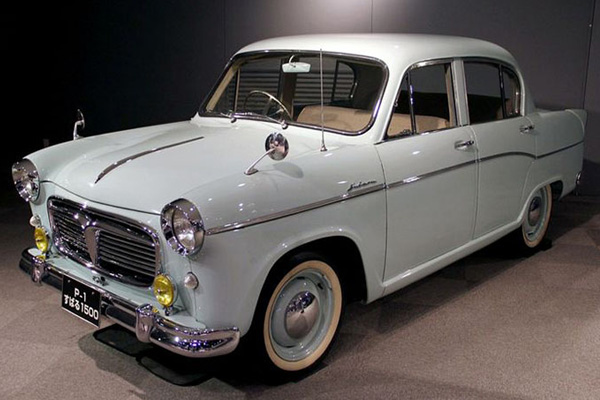
Shortly after that first P1, it was replaced by the much improved and smoother styled 1500. This model had very modern fully enclosed bodywork at its launch in 1954, making many European cars seem dowdy by comparison, yet the 1500 didn’t make it that far. A 1.5-litre inline four-cylinder engine design was bought in from Peugeot and made by Subaru’s parent company Fuji Heavy Industries. However, the licence to the engine was disputed by the Prince Motor Company and Subaru had to come up with its own design in a hurry. This new motor was another inline four with 47bhp and remains the only engine design of this type that Subaru has ever made of this type.
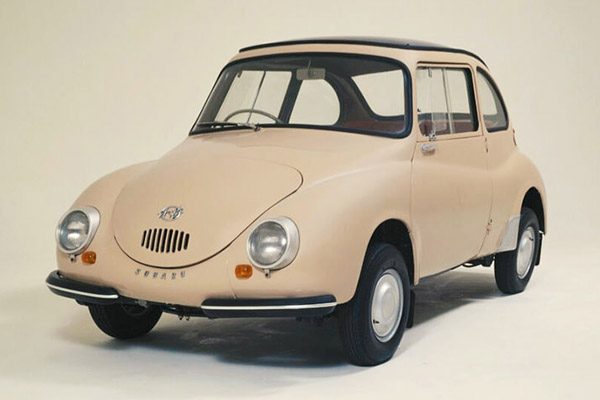
Next up was the 360, which was a radical departure from the traditional three-box saloon shape of the 1500. Built to fit in with Japan’s Kei car rules that dictated size and engine capacity, the 360 was a city car with a rear-mounted 356cc parallel twin engine. Not exactly pretty, it was very functional and found a good deal of favour among drivers in Japan’s more clogged cities.
There was plenty of advanced thinking in the 360’s design, such as its monocoque construction when most cars of the period still had a separate chassis. There was also a glass fibre panel for the roof, something that Citroen had also used in its DS to save weight at the highest point of the car.
By the time the 360 and its variants, which did see some exports around the world, came to an end after 12 years in production, almost 400,000 had been made. It put Subaru on the map and its badge, with the constellation of Pleiades, a more familiar sight.
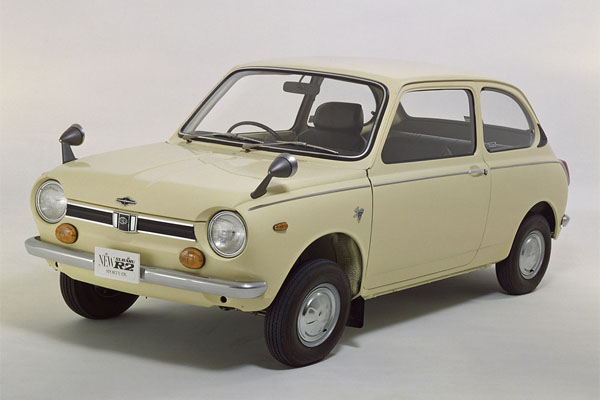
The 360 was replaced by the similar R-2 and then the Rex, R2, and R1 that all stuck with the Kei car design brief. However, before the 360 came to the end of its life, Subaru was broadening its offer with the 1000 that arrived in 1966. Determined to come up with a more refined and sophisticated car, Subaru had already decided on using front-wheel drive to make more cabin space, but the 1000 is more notable as being the first Subaru with its trademark flat-four engine under the bonnet.
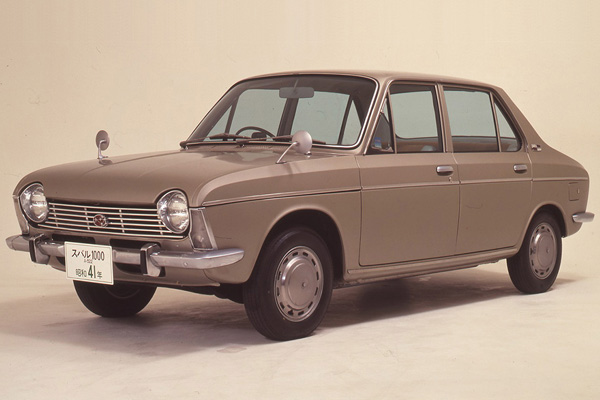
Unlike the flat-four engines from Volkswagen Subaru opted for water cooling with its motor. This made it more efficient and quieter, while this type of engine also allowed for inboard front brakes to reduce unsprung weight and offer a better ride and handling balance than most rivals. With 55bhp at launch, followed by a 67bhp version, the 1000 showed Subaru was a company to be reckoned with on the world stage, but something much more impressive was just around the corner.
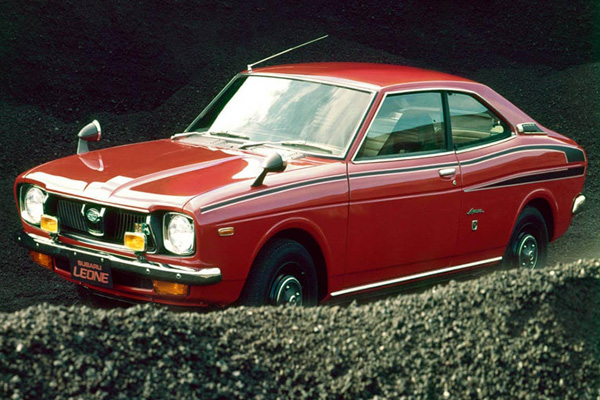
In 1971, Subaru introduced the Leone as a front-wheel drive coupe, with a four-door saloon arriving the following year. By late 1972, Subaru had its big surprise ready and it revealed the Leone estate with four-wheel drive. Some eight years before Audi made all-wheel drive front page news, Subaru was offering it in a practical family wagon that didn’t cost the earth. It was the world’s first mass produced four-wheel drive passenger car rather than an off-road utility vehicle like a Range Rover or Jeep.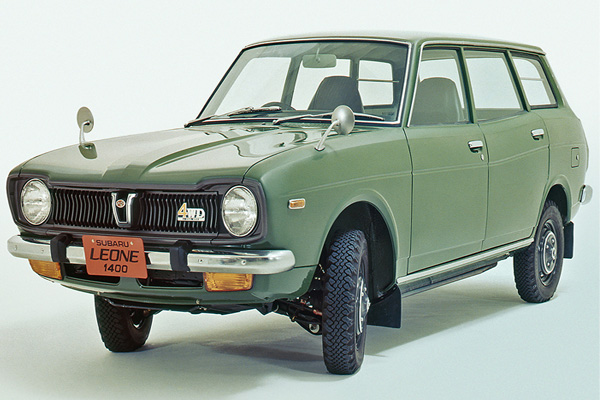
The world got to see the Leone AWD in action at the Winter Olympics held in Sapporo in 1972, so when the car went on sale in the US in 1974, there was an eager and waiting group of customers. They appreciated the go-anywhere ability of the Leone and its quality build, which made many US-made cars look very poor by comparison. The Leone was also sold in Europe, though import quotas dictated that it was a rare sight.
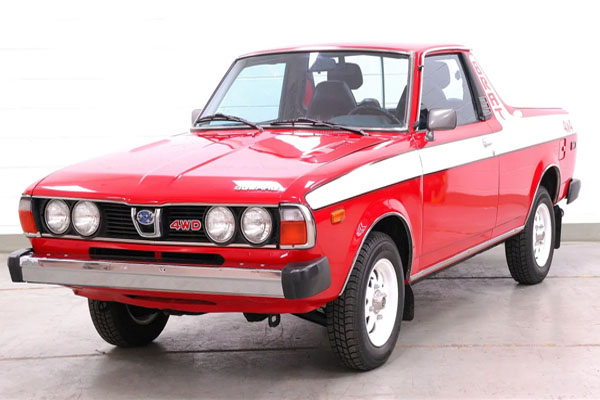
More popular over here was the Subaru pick-up based on the Leone. Farmers took to it for its ability to work in the fields but drive with more comfort on the road than a Land Rover. It has gone on to become a cult car, helped by Tamiya immortalising it with one of its radio-controlled models from the 1980s.
Buoyed by the popularity of the Leone, known as the 1600 and 1800 in the UK and some other markets, the company looked to once again widen its range.
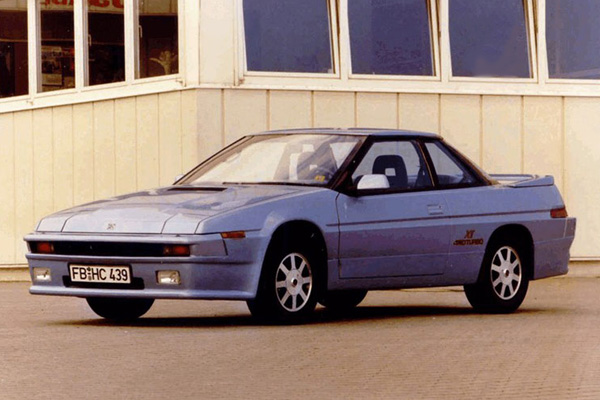
That came in the form of some small cars, like the Justy, but also a sleek coupe in the shape of the XT. The style was very much of the period with its sharp creases and pop-up headlights, but there was nothing else to match its turbocharged boxer engine and all-wheel drive. The XT set the formula for performance Subarus to come and it was no slouch itself thanks to 136bhp offering 0-62mph in 8.7 seconds and a top speed of 119mph – good stats for 1985.
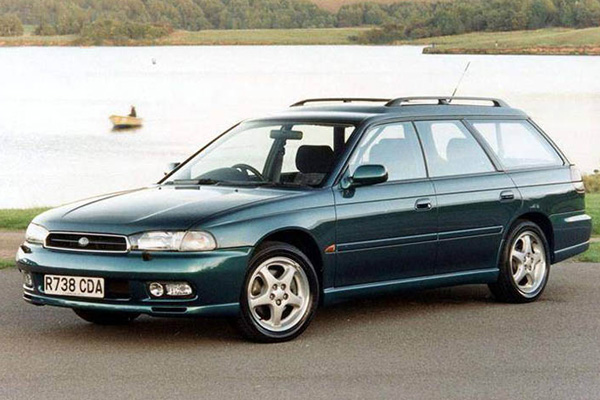
The Legacy saloon and estate of 1989 were the obvious successors to the Leone/1600/1800 line and were sleek rivals for the likes of Volvo and Audi. With four-wheel drive now a staple, the Legacy found its place with anyone who needed a comfortable large car with extra traction.
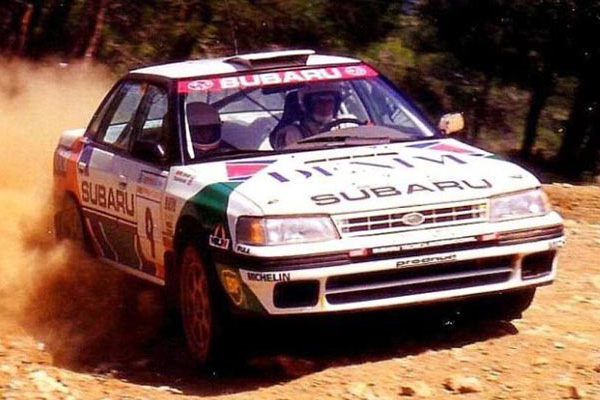
That grip made the Legacy a very handy rally weapon, too, and it provided Colin McRae with British Rally Championship title victories and his first World Rally Championship win in New Zealand. Suddenly, Subaru was a company everyone wanted to know more about and it hit the big time with the Impreza and its performance versions throughout the 1990s. That success continued into the 2000s with newer Impreza models. Later on, a tie-up with Toyota brought about the BRZ, which was the first rear-wheel drive model from the company since the 1500. However, it’s the four-wheel drive and flat-four engines the company is still known and loved for.![]()

COMMENT